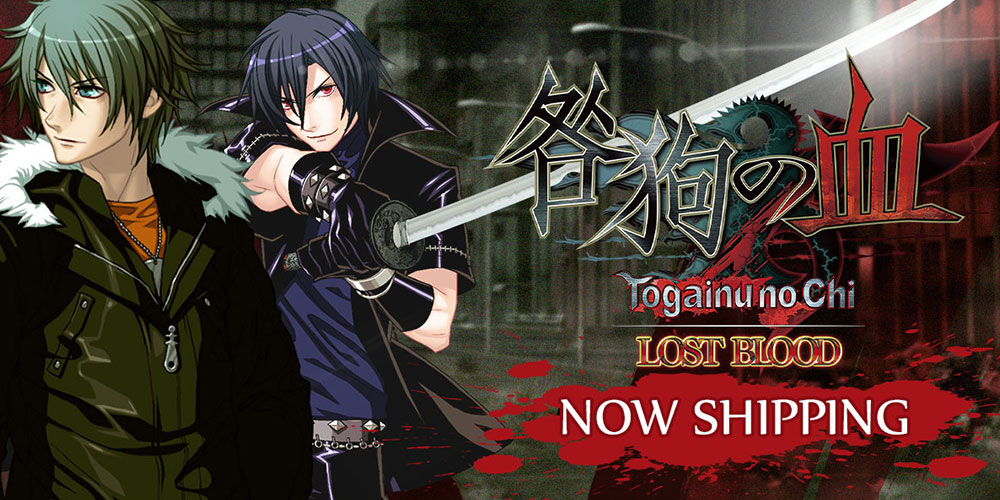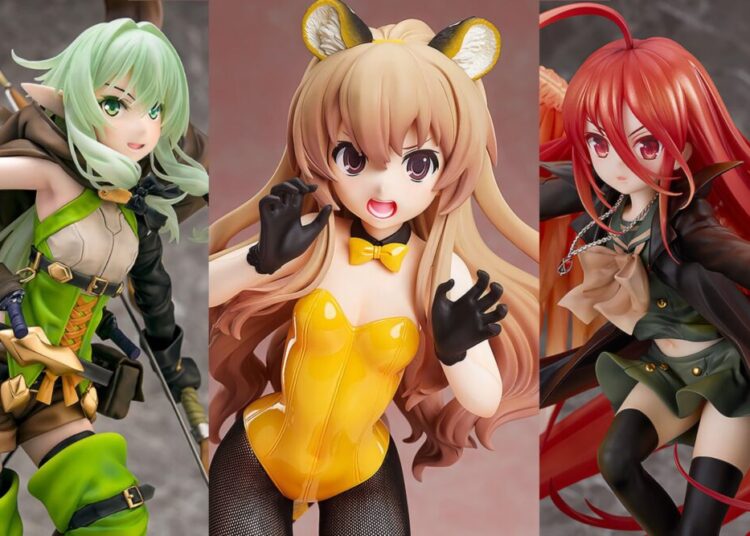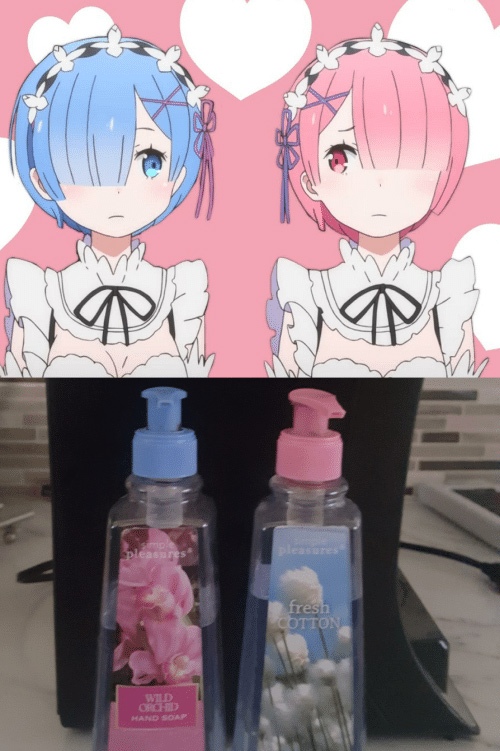Six Times Japan Faced a Crisis
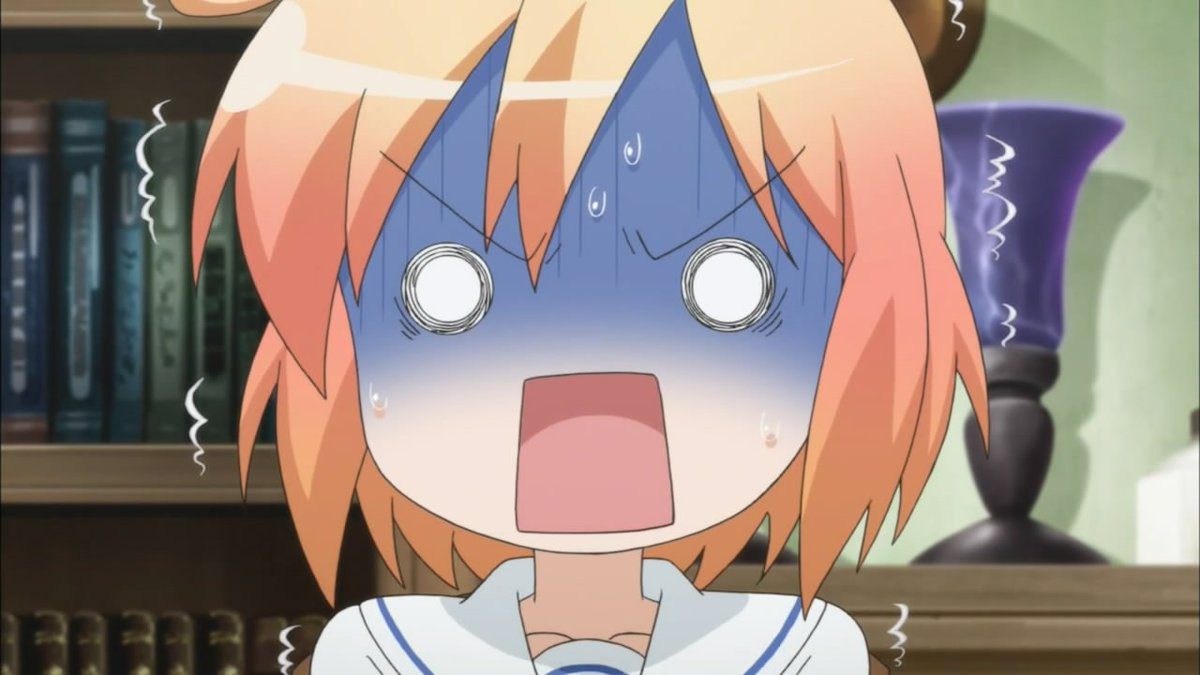
Today is the 25th anniversary of a dark time in Japan’s recent history, the Tokyo sarin gas attack, a moment that defined the Heisei Era (1989-2018) for many Japanese. I thought it’d be interesting to give my impressions about what it was like being in Japan at the time, as well as write about six times Japan faced a crisis and came through safely.
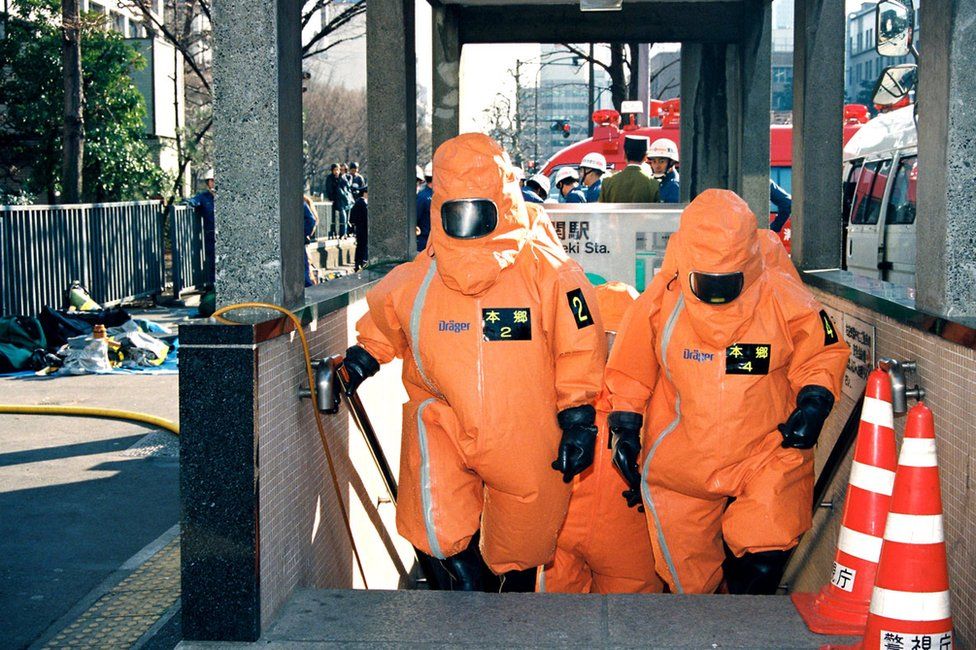
The Tokyo Subway Sarin Attack
One of the most terrifying times to be in Japan was when during the Tokyo Subway Sarin Gas Attack on March 20, 1995, when members of the Aum Shinrikyo cult religion executed an attack on Tokyo’s subway during rush hour, killing 13 and injuring 50. I had the insanely bad luck to be in Tokyo that day (for a friend’s wedding) but the good luck to be on a different train line.
The attack resulted in a raid on the Aum Shinrikyo compound after a delay of several months. This can be taken either as Japanese police being slow to react to a serious threat, or to them taking extra caution to collect proper evidence before taking action to avoid accusing individuals mistakenly. They’d already screwed things up after a similar sarin gas attack the year before, accusing and forcing a confession the wrong person and missing their opportunity to arrest the cult then. The individuals responsible for the attack (and many other heinous crimes) were executed as the Japanese government “took out the trash” at the end of the Heisei era.
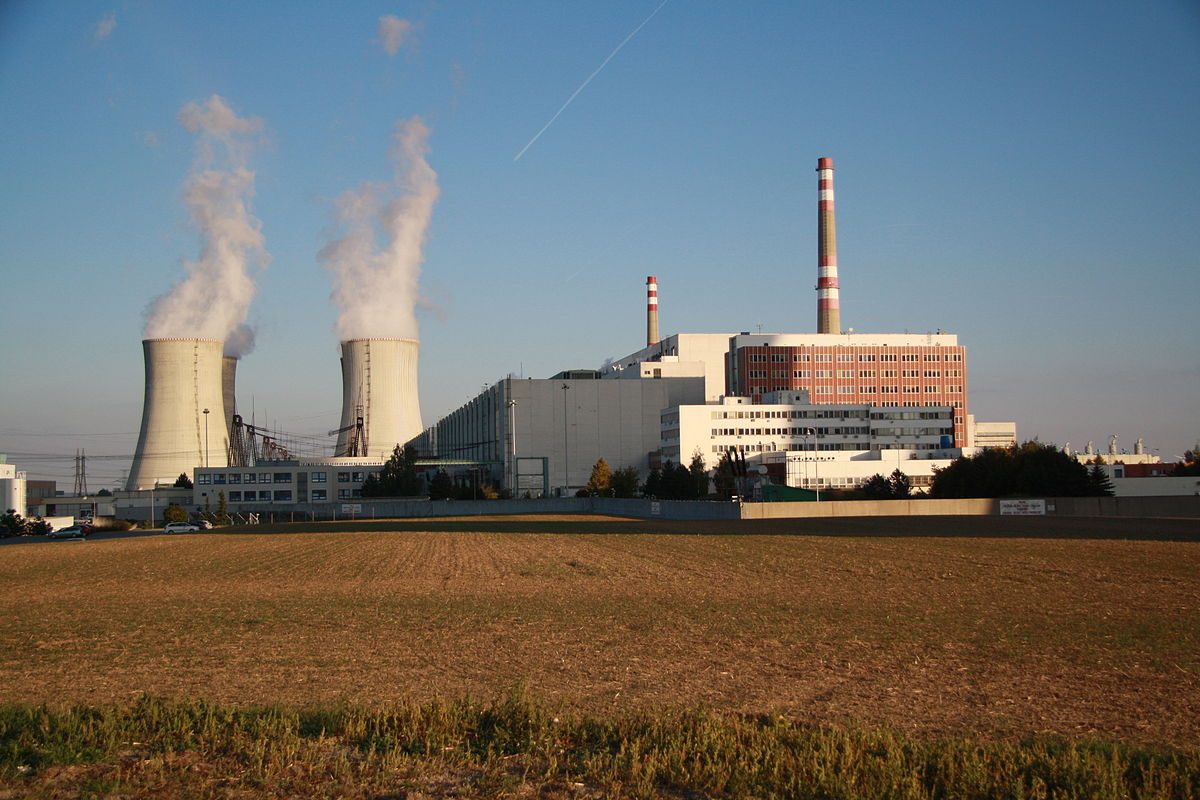
The Tokaimura Nuclear Accidents
When the Fukushima nuclear disaster happened in 2011, the world learned that TEPCO, the company operating 17 nuclear reactors in Japan, was a pretty inept company. But all of us living in Japan knew that already, and no one was surprised when a serious problem happened thanks to the long history of slip-ups by the company, including two “criticality accidents” at the Tokaimura power plant in 1997 and 1999, the latter of which resulted in two deaths.
Once our family benefited from one of TEPCO’s nuclear accidents. In 2007, we were planning to send our kids to San Diego for the summer, but we were getting pressure from my daughter’s school to stay in Japan so she could attend a “seaside school” event with her classmates in the middle of summer. We decided to go to the U.S. anyway and were validated when the school event had to be canceled due to a (minor) release of radiative steam at a nuclear plant nearby.
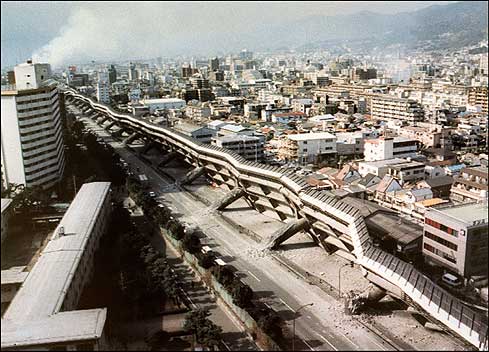
Great Hanshin Earthquake
Another time Japan faced a crisis was on January 17, 1995, when a 6.9 magnitude earthquake shook the Hanshin (“Kobe and Osaka”) region, causing an unprecedented amount of damage and 6,434 deaths. Previously strong earthquakes had been rare in this part of Japan, and as a result, the building codes were far laxer than they are in the Tokyo region.
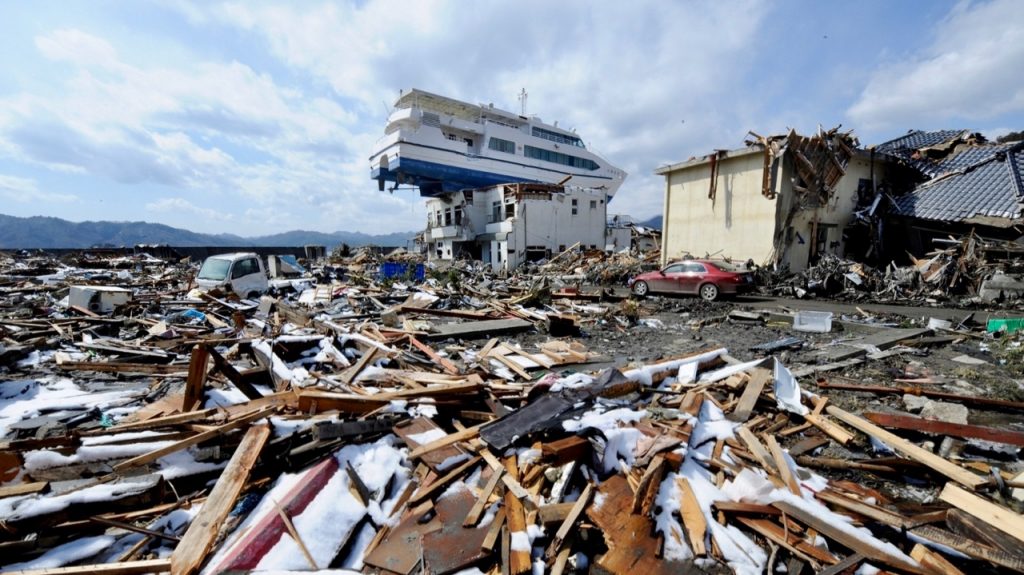
2011 Tohoku Earthquake and Tsunami
One of the darkest times in Japan was the 9.1 magnitudes “megathrust” earthquake that struct without warning off the coast of Tohoku, the region to the north of Tokyo. If the quake had been centered on land the damage would have been minimal, but it was located offshore, which sent a wall of water deep inland which swept away everything in its path. The quake was so strong it moved Japan 2.4 meters to the east and shifted the Earth’s axis by 10 cm. 15,000 people lost their lives.
I’ll never forget the strength of the quake, the way a concrete wall outside J-List “danced” when I looked out at it. And yet, thanks to the efficiency of Japan’s post office, J-List didn’t miss a single day of shipping products out.
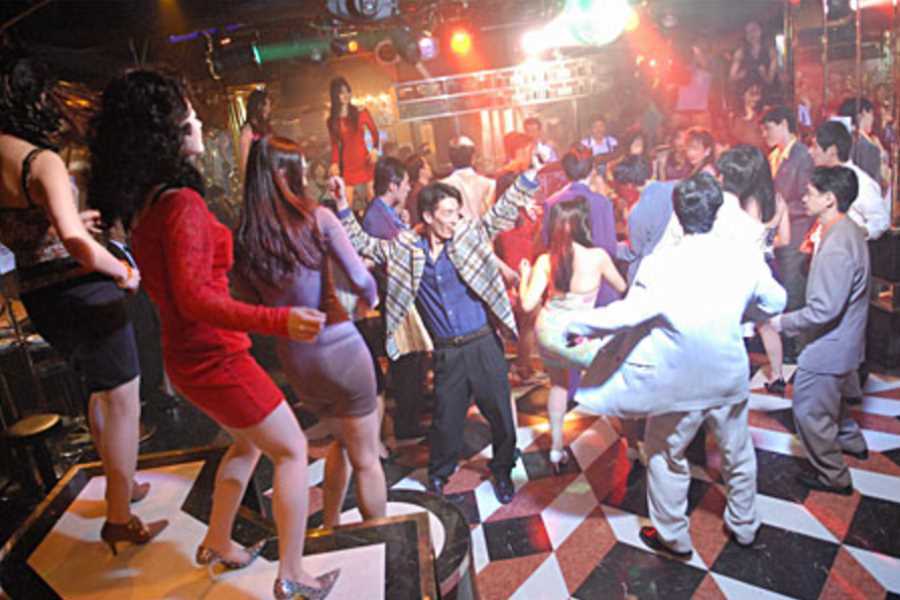
The Japan Asset Bubble Bursting
Starting in the late 80s, Japan experienced a bubble so huge, the value of all the land in Tokyo exceeded the entire land in the USA. The popping of the bubble in 1991 caused two “lost decades” and left Japan with zero growth for pretty much the entire time I’ve lived here, which had the small benefit of meaning that prices didn’t rise for 25+ years. Only recently has the concept of inflation started to re-emerge in daily life in Japan.
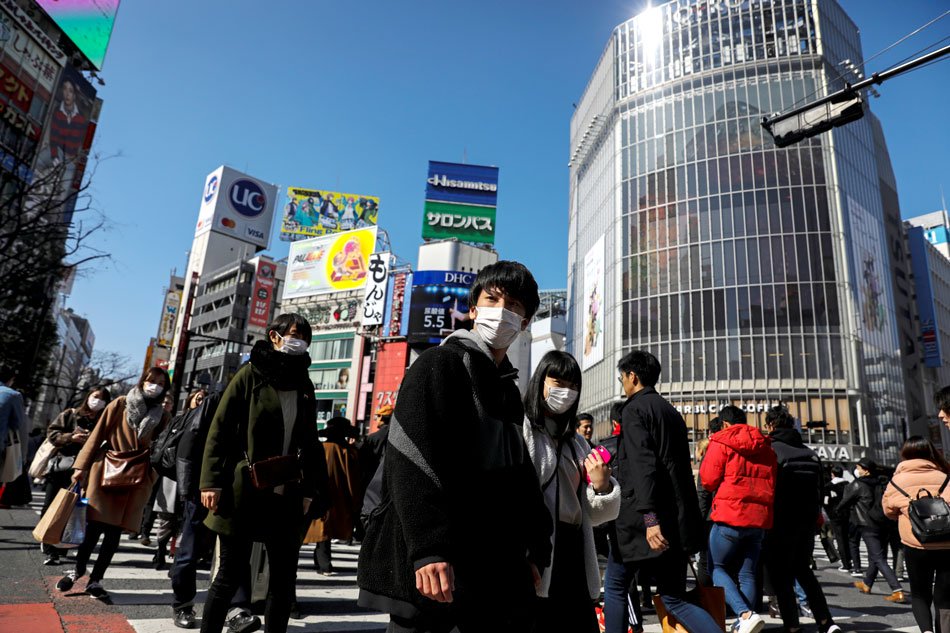
The Current COVID-19 Crisis
Finally, there’s the current crisis, the COVID-19 outbreak, which has everyone on pins and needles right now, though of course, it will pass eventually. Thanks to solid common-sense practices being undertaken in Japan, the number of active cases have been managed well by authorities and appears to have started to fall. Which seems like great news to me.
Hopefully, we’ll all see the end of this crisis soon. Until then, please do your part to take the current crisis seriously, avoid public places, and remember to exercise good hygiene!

Got any questions six times Japan faced a crisis or topics you’d like us to write about Give us your thoughts on Twitter!
Since we’ve all got more free time these days, it’s a great opportunity to get some quality visual novel gaming done, and we’ve got great news! The outstanding game Togainu no Chi: Lost Blood is now shipping in physical limited form, as well as a fully uncensored digital download. Pick up your copy now.


